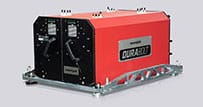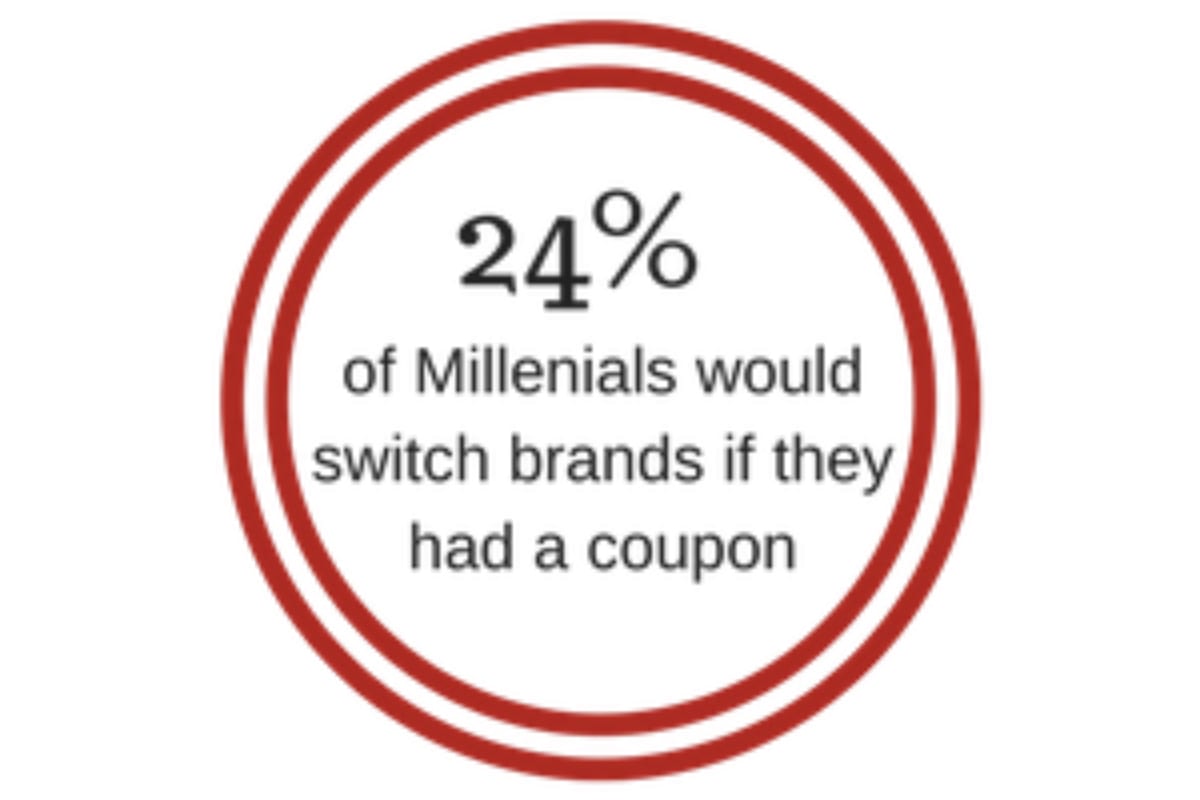In our latest webinar “Going Beyond the #10 Envelope: How to Design Direct Mail to Maximize Revenue,” we partnered with Modern Postcard to highlight the continued relevance of direct mail marketing in the digital age and discuss essential strategies and design elements to utilize in direct mail campaigns.
From choosing which stylistic features to include- full-bleed, unique shapes, personalization- to crafting audience-tailored offers in your copy, we covered all the factors you should consider to create a successful campaign.
But once you’ve designed the perfect piece for your target audience, the job is not done. To ensure you are maximizing revenue, testing, tracking and tailoring the various facets of your campaign must become a continuous business practice.
In a recent webinar hosted by Idealliance, Trish Witkowski from Foldfactory.com taught listeners the essentials to testing new strategies and measuring success within direct mail marketing. To help ensure you are capitalizing on your campaigns, here is a look at some of her crucial points along with some of our own key insights.
Timing is Key
Modern Postcard’s VP of Corporate Solutions-Keith Goodman-pointed out the importance of your mailing list. Knowing how to target the correct consumer audience can make or break a campaign. Once you’ve curated the perfect list, the next step is determining an appropriate campaign type and timeline.
Is your goal to build customer relationships?
Implement a Drip Campaign and send out a new variety of mail (special events, educational, coupons, contests) every four to six weeks.
Maybe you want to gauge customer preferences and interest before sending additional info.
Try a Trigger campaign, where subsequent mail pieces are only sent after specific actions are completed, like sending back a personal information card.
While these are a few examples, be sure to consider both your company objective and customer “call to action” when making your decision on your campaign type.
Don’t Assume, Experiment
Graphics, Copy, Offer, Customer List, Mailing Timeline. All these factors and more combine to produce a unique response from your target audience. While your creative team may think they’ve perfected a formula, you can’t be sure until you quantify its success.
Start with a baseline “best” mail piece. Send out subsets within each campaign of variations on this “best “piece, experimenting with different content, shape-cuts, colors, etc. Be sure to track the differences is response using measuring methods like QR codes, in-store questioning, or a marketing analytics system.
Based on your results, tweak your baseline piece to ensure you are optimizing your ROI on every mail piece sent.
Testing Never Stops
Receive positive results on a test piece? Great! But don’t stop there. Continue to sending out test subsets within each campaign and make sure to track response rates. Consumer preferences are constantly changing. You don’t want to miss out on potential business because you failed to update your mailing strategy to meet new trends.
And with one-pass and digital inkjet technology, you don’t have to worry about burdensome costs on short-run jobs for your test sub-sets. Without unique print plates, short-runs are simple and cost-efficient to produce.
Additionally, our technology makes in-house printing affordable and last-minute changes easy, so you can update your piece based on incoming tracking data right up until you hit print.
Direct mail can be profitable addition to your marketing strategy, though creating a successful piece takes careful consideration of multiple elements. However, once you’ve identified the optimal combination for your audience you’ll be sure to be satisfied with the ROI.
If you missed our webinar and want to learn more about why direct mail is still relevant and how to design a successful campaign- from mail piece shape to audience selection- you can still view it here for the next 90 days.
Beyond the #10 Envelope: How to Design Direct Mail to Maximize Revenue



























